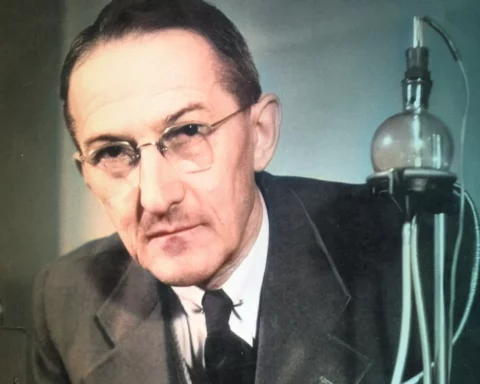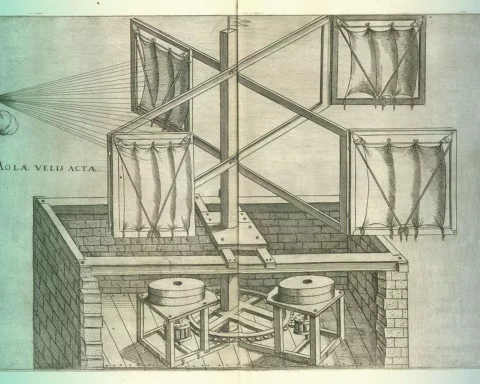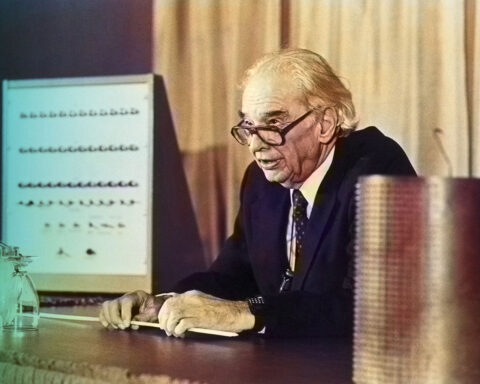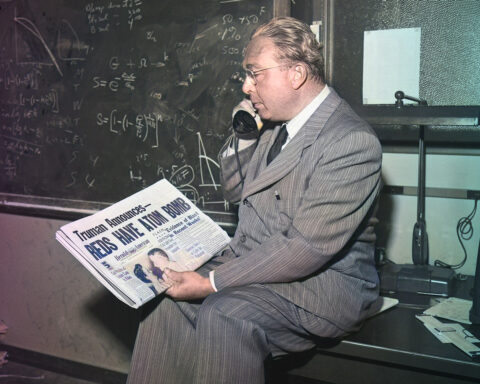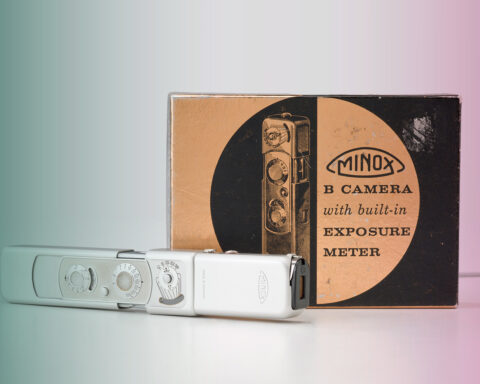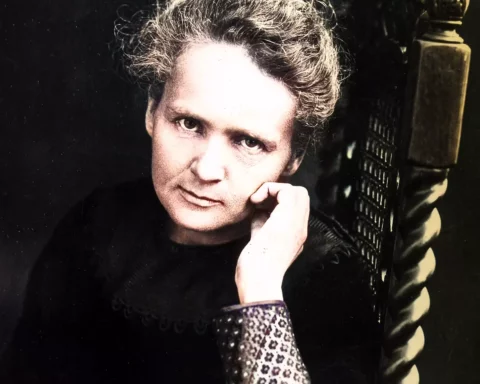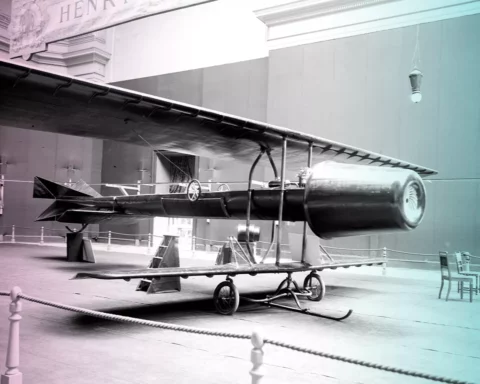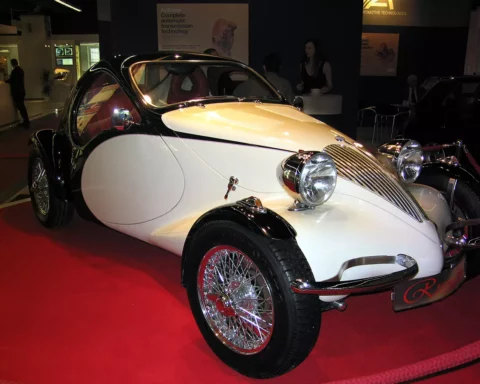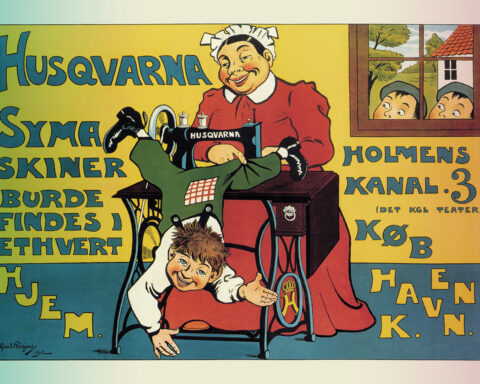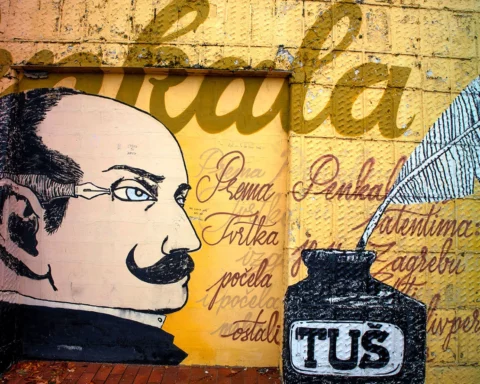Czechia is known around the world for its gorgeous landscape, tasty food, and... beer(!), but a not-quite-as-obvious fact is that Czechs have been blazing trails in science for centuries. We've picked four innovative achievements with Czech origins that deserve recognition.
The 20th century: a time when everyone wanted to touch the sky, but few were thinking about the dangers. Apart from one whose work was centered around the question of, “How can one survive if things go wrong?”
Although his colleagues, such as Johannes Kepler and Tycho Brahe, are more remembered today, Šibenik-born Fausto Veranzio can be credited with many inventions, including the suspension bridge, parachute, and wind turbine - all in the 17th Century.
Look closer at this monument in a village in southern Bulgaria, and an inevitable question arises. Why is Prof. John Atanasoff, the American-born scientist credited with the invention of the first electronic digital computer, being honored here of all places?
When speaking about certain prolific figures in Hungarian science in the early 1900s, some of their western colleagues suggested that they might as well be from Mars with their heavily accented English and superhuman intellect.
Norbert Wiener revolutionized the world in 1948 when he introduced the concept of cybernetics. However, a Romanian scientist had done precisely the same ten years earlier.
For a long time, little was known about the Slovak inventor of the parachute, whose life reveals a fascinating story almost forgotten.
In 1937 Walter Zapp developed the Minox subminiature camera, a boon to real-life 007s across the world. His invention opened up the possibility of quickly and covertly smuggling countless thousands of pages of secret materials out from behind enemy lines.
Before becoming a genius physicist, Marie Skłodowska-Curie was a Polish language teacher and a national-democratic activist.
Few people know that the first jet engine was built by Romanian engineer and aviation pioneer Henri Coandă. This engine was very different from modern designs.
His ideas have been used by the world's biggest car companies. The dashing Bulgarian inventor and entrepreneur Roumen Antonov made waves in the automotive world with his avant-garde ideas and daring technical solutions.
Have you ever wondered to whom you owe the fact that you can write every day with that tool that you call a pen? The answer might just surprise you.
In 1818, Joseph Madersperger invented the sewing machine. A few decades later, none other than Karl Marx called it the ultimate tool of the revolution.
The frustration that boils your blood when a computer crashes just as you were to save the work you have been sweating over the past hour is known to all. Our great grandfathers could relate, as an inkblot could ruin a carefully written page of a letter. Someone had to put an end to it!
Almost a century ago, Slovenian engineer Herman "Noordung" Potočnik published his innovative concept for long-term human habitation of space. As is often the case with visionaries, hardly anyone took him seriously at first.
Every now and again, a genius is born. A person of so many talents that during their lifetime they come to invent several everyday items later generations cannot imagine their lives without. One of such people came from Croatia.
Do you enjoy the experience of watching a 3D movie and getting to “live” every minute of it? It is all thanks to the Romanian inventor Theodor Ionescu who brought 3D images to TV and cinema and created one of the biggest industries in the world.
Have you ever forgotten your Facebook password? You probably changed it via SMS confirmation using the service created by Infobip. How did this Croatian start-up become a unicorn in digital communication?


